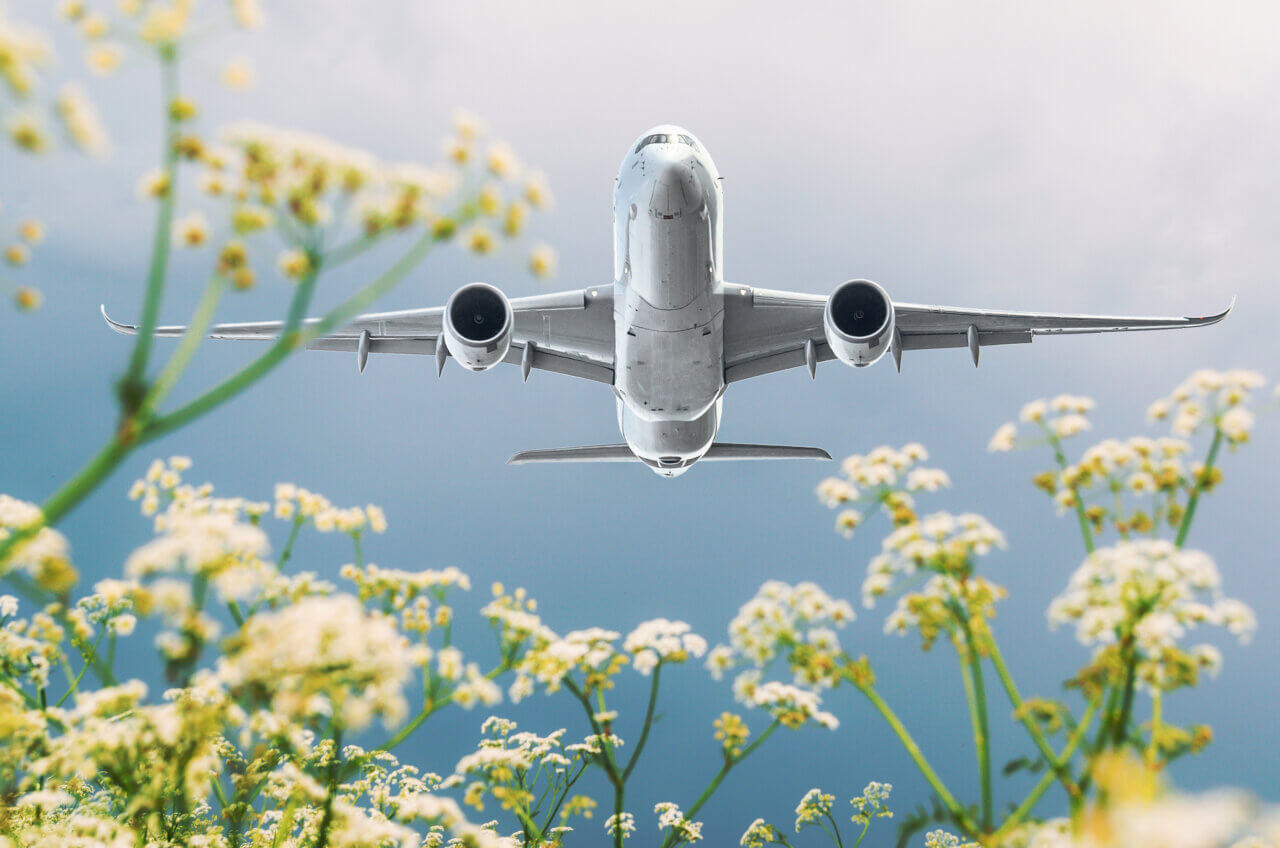Can aircraft cabins be optimized in terms of sustainability? And if so, where are the challenges? The ZAL team has examined the influence of airplane cabins on sustainability through a structured innovation process.
The sustainability of airplane cabins is an important consideration because they are replaced several times during an airplane’s lifespan, and the cabin plays a significant role in the overall ecological footprint of a commercial airplane. While the emissions from flight operations make up the majority of an airplane’s carbon dioxide emissions, the sustainability of airplane cabins becomes more important as the non-operational factors’ impact grows.
One approach to increasing the sustainability of airplane cabins is to adopt the principles of the circular economy, which aims to keep resources in use for as long as possible rather than discarding them after use. This requires designing products and materials for reuse and avoiding health and environmental risks that would prevent further use or reuse. However, implementing these principles in the aviation industry can be challenging due to the need for higher material prices, increased weight, new complex approval processes, and mass production difficulties.
To create more sustainable airplane cabins, a holistic approach is necessary that takes into account the entire lifecycle of the cabin, including the use of easily recyclable materials, design for disassembly, and the development of appropriate recycling processes. Increasing the use of recycled materials can also contribute to sustainability, but this is often accompanied by quality fluctuations and higher costs, which may be a barrier in the aviation industry.





